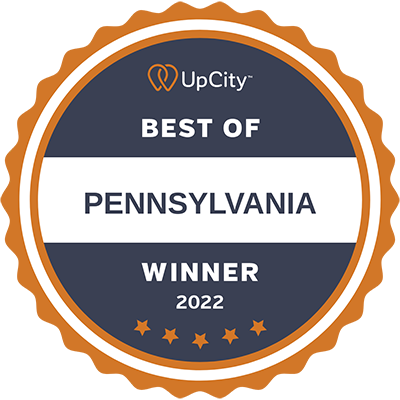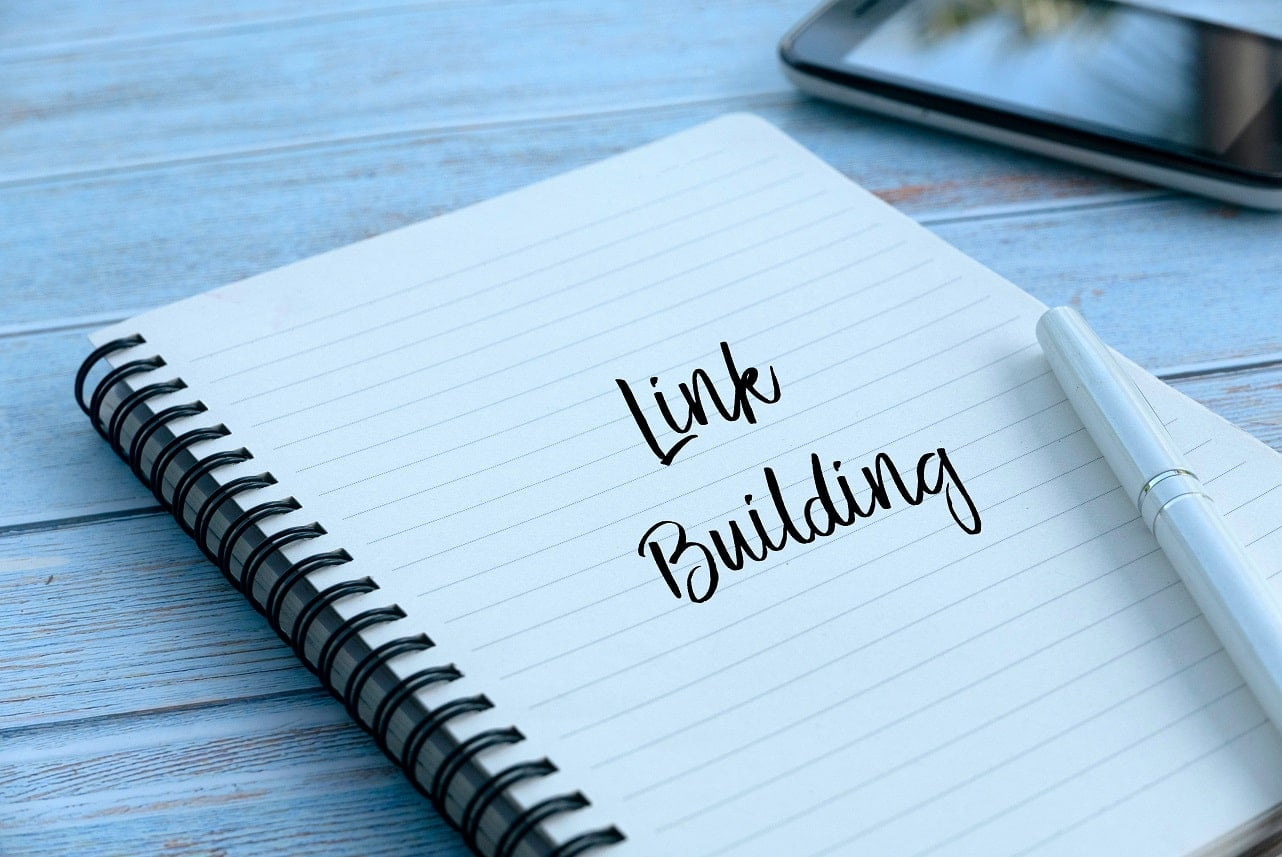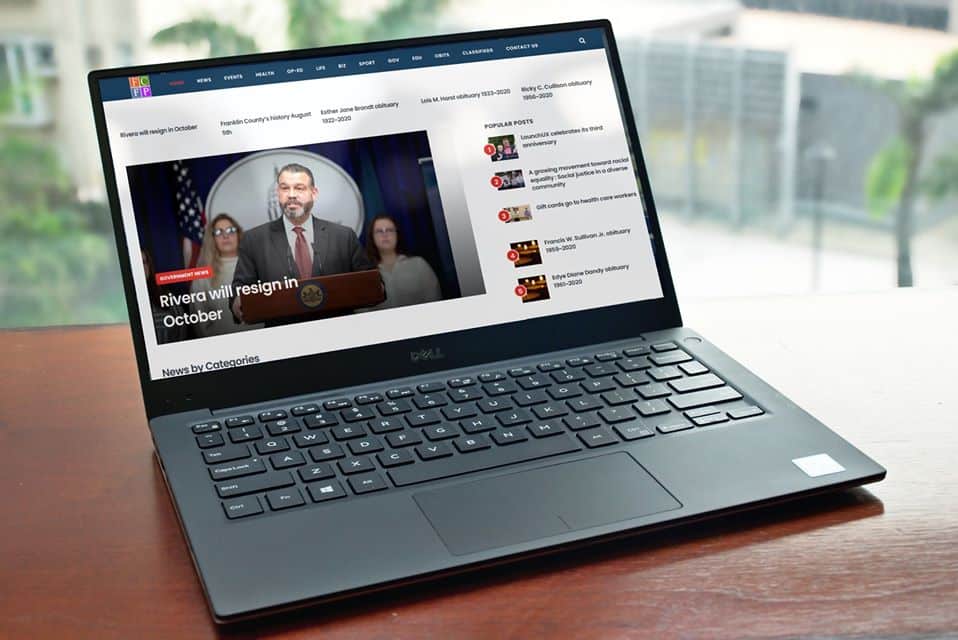Search engine optimization or SEO consists on page SEO and off page SEO. On page SEO is everything you can control about your website. This would be all of your content, user experience, internal links, meta descriptions, and title tags. Off page SEO consists of factors that you don’t have full control over – these are mostly brand mentions and links pointing to your site.
What is link building?
Link building is the process of gaining links from other websites pointing to yours. You can think of it like having connections in real life. Google wants to recommend a website with good – high quality links. Another important aspect of link building is to require relevant links. If you have an ecommerce website selling construction equipment – a link from a construction company would be more relevant than a cosmetology website.
Theoretically, if you have two websites that are identical with the same on page SEO, Google is going to rank the one with better backlinks above the one with worse backlinks. That being said, link building is one of the most difficult aspects of SEO. You need to have a proper game plan / strategy when trying to acquire links.
Why are links important?
Google searches are based around links. The more high quality and relevant links pointing to your website – the higher your site will appear on searches. By acquiring high quality and relevant links, you are building your site’s authority score. The higher your authority score, the more recognized you will become in your field. Links will also drive referral traffic to your site from other sites.
Links can also boost your keyword rankings. For example, if a website links to our website with the text “SEO Experts in Chambersburg” Google can recognize the text and recommend our website next time someone searches that phrase.
How to build links
The first step of creating your link building campaign is understanding what your website has that is worthy of a link. Some people call this the “hook” of your website. This can be content (blogs), products, services, or any information. The content that you create for your website should be relative to the audience you want to attract. Again, if the purpose of your website is to sell large machinery, a blog about cryptocurrency is worthless to the overall objective of your site. Sure, you may get a tiny bit of traffic from the blog, but are they going to buy your large machinery? Probably not.
Once you determine what the hook is for your website – you need to find who will link to your hook. The websites you want to target will have to have something in common with your hook. If they don’t have any reason to link to you, they won’t. These websites can range from professional bloggers to service providers. Any website that has a customer base relevant to your website is worthy of a backlink.
Why Should they link to you?
Another factor you need to understand is that it takes effort for the website you’re contacting to link to you. That means the content you want them to link to will have to be worthy of their time and effort. The higher quality your content the more likely they are to put in the effort in to link to your website.
The last step is to contact the website to obtain the link. It’s very important to word your message in a way that it doesn’t look like an automated email. Do some research about the website you’re contacting to personalize the email as much as you can. Also, remember that they’re doing you a favor — they don’t owe you anything. They will link to you if they believe your website is worthy of a link. You can also send a follow up message if they don’t respond.
What to avoid
Avoid any shady SEO providers who try to build backlinks by spending money on spam links. Google knows when you try to do this – they actually implement constant updates to their ranking algorithm to catch people trying to take advantage of their system. Once you get caught (and you will) your rankings will plummet and traffic will drop to a fraction of what you were getting before. The easy way out is never the answer when it comes to SEO.
Links are still a very important ranking factor. Some providers only do on-page SEO and don’t put in the effort required to obtain links. Doing 50% of the job will only give you 50% of the results. Your SEO provider should be focusing on their off-page SEO as much if not more than on-page SEO. If you don’t already have an SEO provider or believe your current one isn’t focusing on off-page SEO, you should contact LaunchUX to find out what we could do for you!














